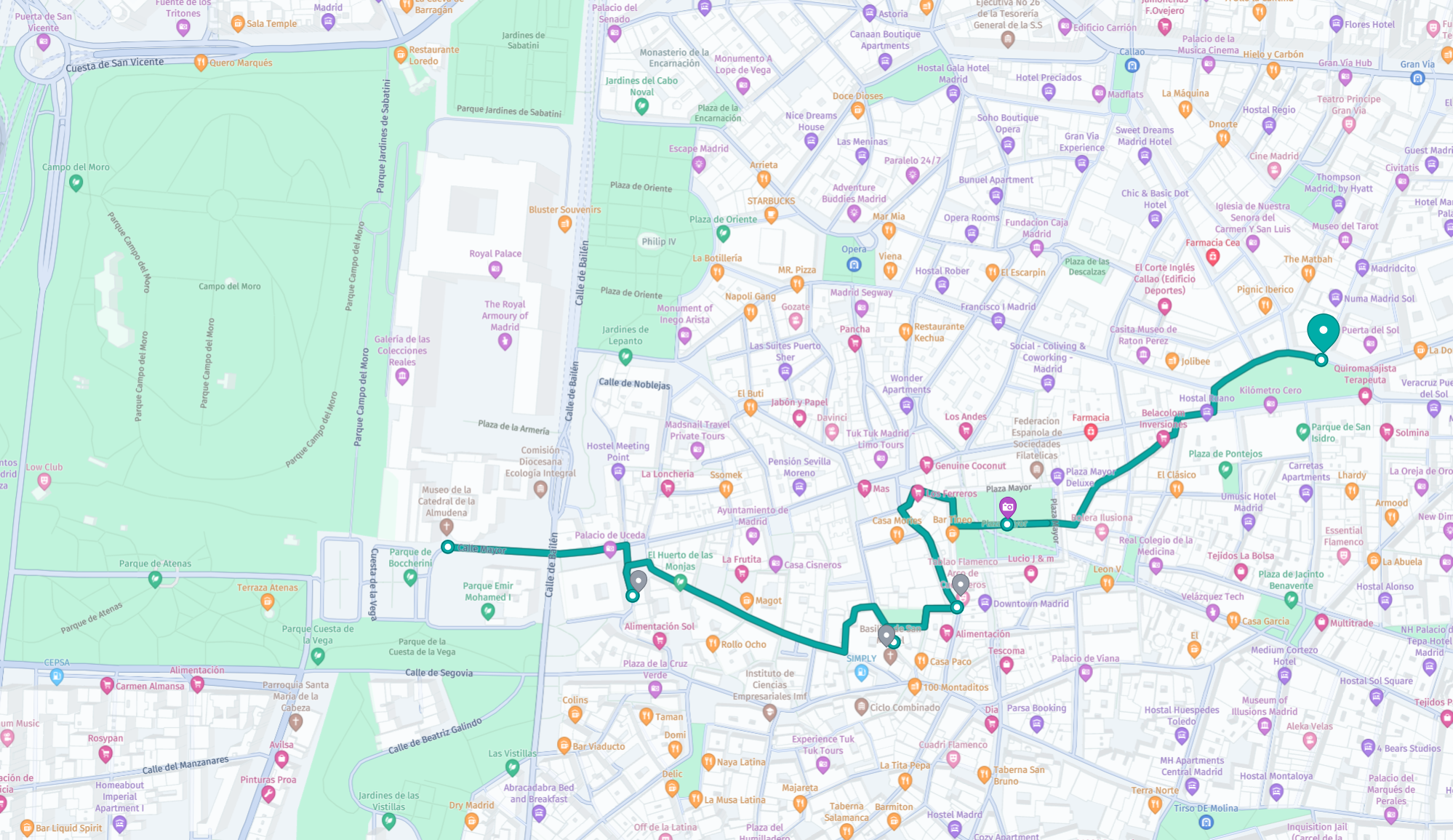Iglesia Catedral de las Fuerzas Armadas
The Armed Forces Cathedral Church is a distinctive religious monument dedicated to honoring the spiritual needs and ceremonial traditions of Spain’s military community. Serving as both a house of worship and a commemorative space, the cathedral reinforces the long-standing relationship between the Catholic faith and the nation’s armed forces. Over the years, it has hosted memorial services, military liturgies, and national ceremonies to mark occasions of valor and sacrifice.
The cathedral’s role goes beyond daily worship. It is frequently used during national commemorative events and offers a dignified setting where military personnel, veterans, and their families can reflect on their service. In this way, the building is not only a religious landmark but also a symbol of national unity and respect for service.
Armed Forces Cathedral is known to combine traditional elements typical of sacred architecture with modern design touches that speak to both solemnity and contemporary practicality. Its façade and interior spaces are designed to evoke reverence, with an emphasis on clean lines, balanced proportions, and thoughtful lighting that enhances moments of reflection.
Refereces
Text generated by Microsoft CoPilot
- Spanish Ministry of Defence: Ministry of Defence (Defensa.gob.es) This official website offers insights into Spain’s armed forces and occasionally covers ceremonial and cultural aspects, including those related to military chaplaincy.








































